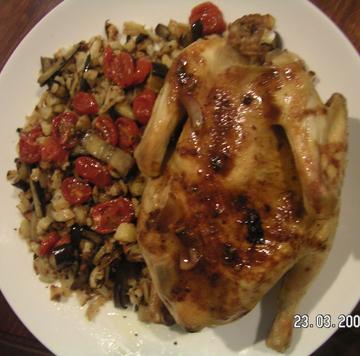We've all been there. You're ready to whip up a delicious recipe, only to discover you're missing a key ingredient. Panic sets in! Before you abandon your culinary ambitions, take a deep breath. Substituting ingredients is a valuable skill that can save a recipe (and your sanity!). But it's not always a simple swap; some substitutions work wonders, while others can lead to disastrous results.
Flavor: This is the most obvious contribution. Sweetness, saltiness, acidity, bitterness, and umami all play a role. Texture: Think creamy, crunchy, chewy, smooth, or fluffy. The texture of an ingredient significantly impacts the final dish. Moisture: Some ingredients add moisture (like milk), while others absorb it (like breadcrumbs). Binding: Eggs, flour, and starches often act as binders, holding ingredients together. Leavening: Baking powder and baking soda create air pockets, making baked goods light and airy.
Milk: For baking, you can often replace milk with an equal amount of water plus 1 tablespoon of yogurt or sour cream per cup of milk for extra richness and tang. For savory dishes, water or broth usually works well. Almond milk or soy milk can be substituted in many recipes, but keep in mind that they might alter the flavor slightly. Eggs: One egg can usually be replaced with 1 tablespoon of flaxseed meal or chia seeds mixed with 3 tablespoons of water (let it sit for 5 minutes to thicken). Applesauce or mashed banana can also work in some recipes, but they will add sweetness and moisture. Butter: For baking, you can often substitute applesauce or mashed banana for butter, but the final product will be slightly denser and potentially sweeter. For savory dishes, olive oil or vegetable oil can usually be substituted, keeping in mind that the flavor profile might change. Flour: All-purpose flour can often be substituted with other types of flour, but the ratio might need adjustments. For example, using whole wheat flour often requires adding a bit more liquid. Sugar: Honey or maple syrup can often replace granulated sugar in baking, but you might need to reduce the amount slightly (start with ¾ of the sugar amount). Keep in mind that these will add a distinct flavor.
Baking Powder/Baking Soda: These are crucial for leavening in baking and are not easily interchangeable. Don't attempt to substitute one for the other without a recipe specifically designed for the swap. Yeast: Yeast is a living organism that requires specific conditions to activate. There are no easy substitutes. Vinegar/Lemon Juice: These provide acidity that balances flavors and affects chemical reactions in baking. While you can sometimes swap them, the outcome may vary significantly.





0 Comments